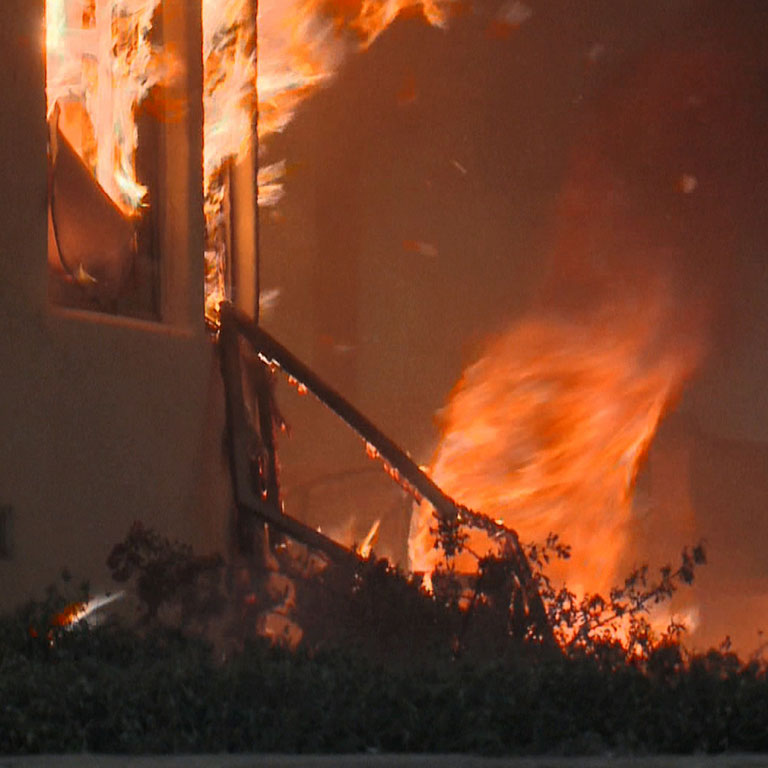Environmental stopgaps are everywhere in science and sustainability: nuclear waste interim storage, salmon fish hatcheries, and the Salton Sea mitigation water and management plan are some examples. These are all temporary measures to “buy time” for a more complex or long-term solution. But what exactly makes a stopgap – why do some things qualify, and some things don’t? And by defining and recognizing stopgaps, can we learn something about them more broadly that helps us better deal with them and their implications?
In November 2018, a group of scientists met at UCLA to answer these questions. Professor Ben Kravitz of Indiana University was invited as an expert in geoengineering, or the deliberate modification of the climate system and a potential stopgap for climate change. The participants explored different examples of stopgaps, the results of which were published in a study that came out in July 2020 in Nature Sustainability.
Environmental stopgaps are a relatively unexplored area of research. By establishing a framework for studying future examples, the group has highlighted several research gaps and governance challenges. As this year’s fire season has shown, including rolling blackouts in California to prevent further sparking and fire spread, stopgaps are an increasingly prevalent issue that need to be understood.


